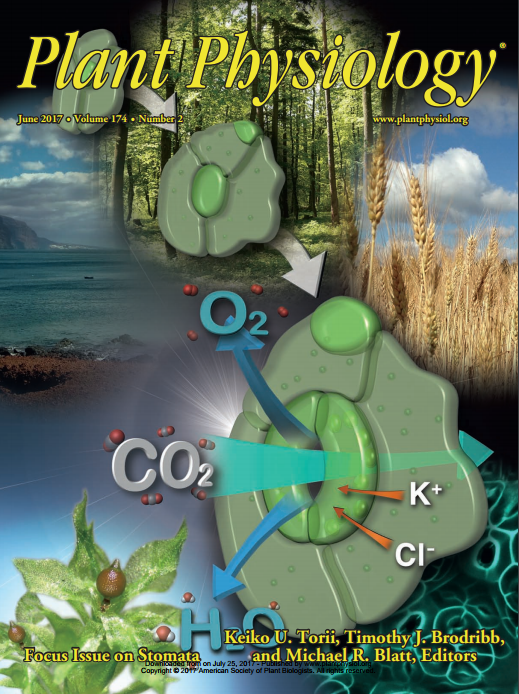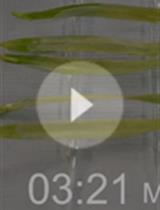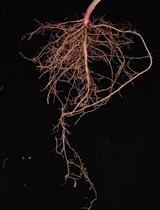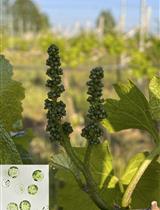- EN - English
- CN - 中文
Isolation of Guard-cell Enriched Tissue for RNA Extraction
分离保卫细胞富集组织用于RNA提取
发布: 2017年08月05日第7卷第15期 DOI: 10.21769/BioProtoc.2447 浏览次数: 15982
评审: Scott A M McAdamYi ZhangAnonymous reviewer(s)
Abstract
This is a protocol for isolation of guard cell enriched samples from Arabidopsis thaliana plants for RNA extraction. Leaves are blended in ice-water and filtered through nylon mesh to obtain guard cell enriched fragments. With guard cell enriched samples, gene expression analysis can be done, e.g., comparing different gene expression levels in guard cells versus whole leaf to determine if a gene of interest is predominantly expressed in guard cells. It can also be used to study the effect of treatments or different genetic backgrounds in the regulation of the guard cell expressed genes.
Keywords: Arabidopsis thaliana (拟南芥)Background
Isolation of guard cells for RNA extraction has traditionally relied on guard cell protoplast extraction (Leonhardt et al., 2004) or epidermal peels (Pandey et al., 2010). Manual dissection of guard cells from freeze-dried leaves has also been used (Bates et al., 2012). The protoplast procedure may introduce unwanted changes in gene expression from wounding effects and other methods are time consuming, require special equipment or expensive reagents (e.g., transcriptional inhibitors). Hence there is a need for a fast and simple protocol to isolate guard cells for gene expression analysis. Here we further describe a quick ice blender method for isolation of guard cell enriched tissue (Bauer et al., 2013), in the form of epidermal fragments without mesophyll and other vascular cells. This method uses a nylon mesh to collect epidermis from blended leaf tissue. The adequately large pore size of the nylon mesh allows mesophyll and other vascular cells to pass through while retaining the epidermal fragments. We propose that the critical factor in this protocol is the type of blender used to process the samples.
Materials and Reagents
- Razor blade
- 210 μm nylon mesh (A. Hartenstein, laborversand.de, catalog number: PAS1 )
- Plastic embroidery hoop from a handicraft store (Figure 1)
Note: Nylon mesh is placed in the plastic embroidery hoop to provide a little tension to the mesh, to make it easier to pour the blended water and guard cell enriched fragments through the mesh.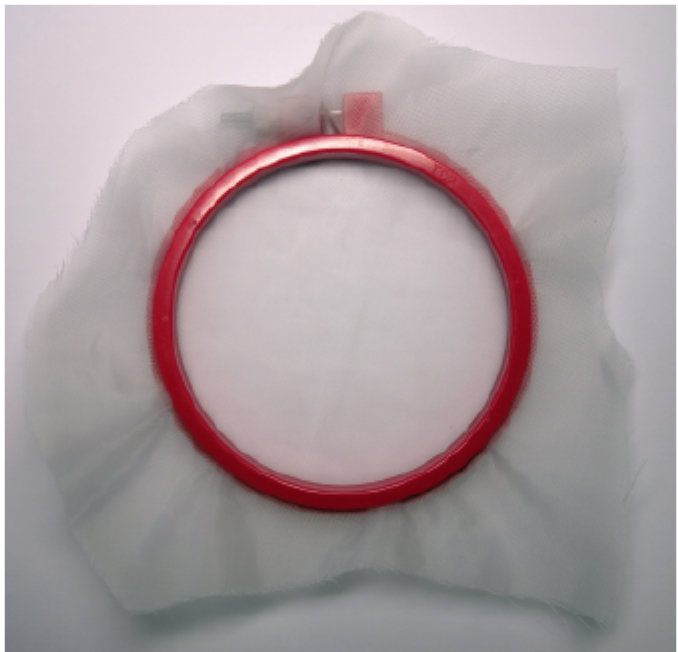
Figure 1. Nylon mesh with a plastic embroidery hoop - Paper towel
- Small medical spatula or plastic spoon
- 1.5 ml tube or aluminum foil
- Arabidopsis plants
- Milli-Q or distilled water kept at 4 °C
- Crushed ice
- Liquid nitrogen
Equipment
- Blender (Braun JB 3060 or other 800 W blender) (Braun Household, model: JB 3060 )
Note: A blender with lower effect has been tried, but failed to isolate proper fragments, probably due to insufficient power to fully crush the ice. - Microscope (ZEISS, model: SteREO Discovery.v20 )
Procedure
文章信息
版权信息
© 2017 The Authors; exclusive licensee Bio-protocol LLC.
如何引用
Readers should cite both the Bio-protocol article and the original research article where this protocol was used:
- Jalakas, P., Yarmolinsky, D., Kollist, H. and Brosche, M. (2017). Isolation of Guard-cell Enriched Tissue for RNA Extraction. Bio-protocol 7(15): e2447. DOI: 10.21769/BioProtoc.2447.
- Jalakas, P., Huang, Y.-C., Yeh, Y.-H., Zimmerli, L., Merilo, E., Kollist, H. and Brosché, M. (2017). The role of ENHANCED RESPONSES TO ABA1 (ERA1) in Arabidopsis stomatal responses is beyond ABA signaling. Plant Physiol 174: 665-671.
分类
植物科学 > 植物细胞生物学 > 细胞分离
细胞生物学 > 细胞分离和培养 > 细胞分离
您对这篇实验方法有问题吗?
在此处发布您的问题,我们将邀请本文作者来回答。同时,我们会将您的问题发布到Bio-protocol Exchange,以便寻求社区成员的帮助。
Share
Bluesky
X
Copy link





